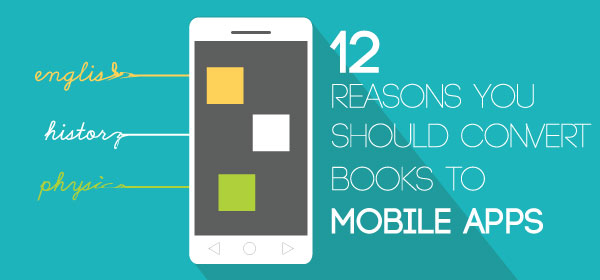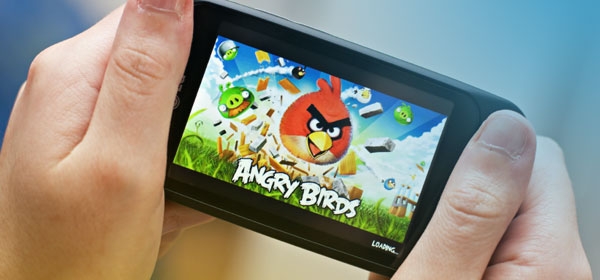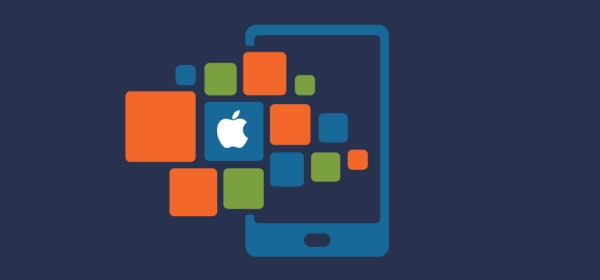Over the years, Android has gained ground over iOS devices and is being rapidly picked up as the device of choice by the majority worldwide. It has got some amazing features and also shows a good growth graph.
You might be wondering why you should go for iOS development when the world is circling Android, in terms of the number of devices. Here are some reasons that you may find justifying to choose iPhone app development.
Largest app store for a single device
Even though Android hovers on top with 1.6 million apps in Google Play, leaving Apple behind at 1.5 million apps in total, we should not neglect the fact that Android apps combine apps coming from multiple different markets. In this sense, we can consider Apple has the largest digital repository of apps focusing a unique brand.
Better trust
The one thing that Apple devices guarantee you more than any other environment is its nearly flaw-free UI. The framework of iOS devices is sturdy and stable compared to that of the Android device. The softwares and hardwares blend together and functions like a single body of operation that gives its owners an amazing user experience.
Adding to it, Apple itself has a set of regulatory rules and standards to verify the quality of the apps that are let into their app store. So, users are more satisfied about the brand quality and the trust is so high towards Apple’s apps. This automatically makes them willing to comparatively newer apps.
Best platform to try innovative and new ideas
iOS developers love the fact that they can always reach out to a lot of loyal customers who will pay them more. iOS app users wouldn’t mind to invest more on apps that they find valuable or interesting.
Conversely, in the android market, users are a lot more hesitant to invest above a reasonable amount, even for quality apps. So, regardless of the lesser number of iPhone users worldwide, the total revenue that the iPhone apps generate is more than that of Android apps. This makes iOS an ideal platform to try innovative and unique ideas, which shoots up the development cost.
Apple’s development environment
First of all, we should admit that Microsoft’s Visual Studio is unbeatable for Windows app development. Though Microsoft advocates for Xamarin and is trying to make it an option of universal app development, real experiences show that Xamarin is highly unstable. Further, the licensing costs are high and the IDE demands frequent upgrades.
Well, it turns out then that Xcode is the best suited and regulated platform for iPhone app development. Xcode is amazing, fast, almost crash-free and has so many useful features ideal for iOS development, together with it’s clean UI. It is specifically designed for Objective C programming and Swift.
Android IDE like the popularly endorsed Android Studio has got many drawbacks when compared to the stable Xcode. It is relatively slow and it’s gradle build system is very much complex for beginners. It’s recurrent demand for updates can make understanding the system laborious unless one knows the history behind each component’s design and upgrade. This has eventually made the IDE unpredictable and the projects unstable.
Simplicity
iPhone app development is a lot simpler than doing it for Android. While ease of use and effortless navigation are boon for users, developers have also got many advantages working with iOS. For example, the testing platform is only a single one for iOS – the whole range of iOS devices.
In the case of Android you may have to deal with fragmentation i.e., you will have to consider almost 24,000 different devices and counting to cover the market. What you can do at the most while developing for Android is that, you can simply concentrate on any number of particular models that you may wish to support.


![Mobile Game Market – Statistics [Infographics]](https://wp.redbytes.in/wp-content/uploads/2016/04/Mobile-Game-Market-–-Statistics-FI-1.jpg)










